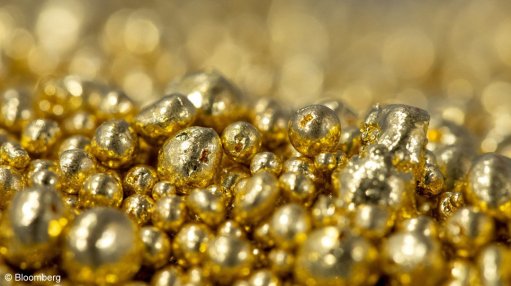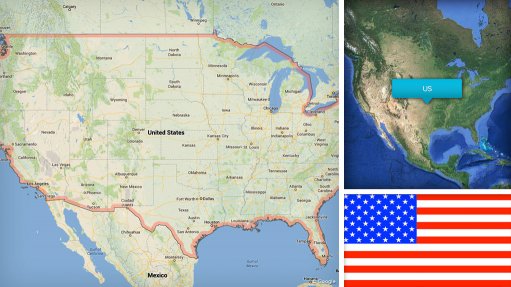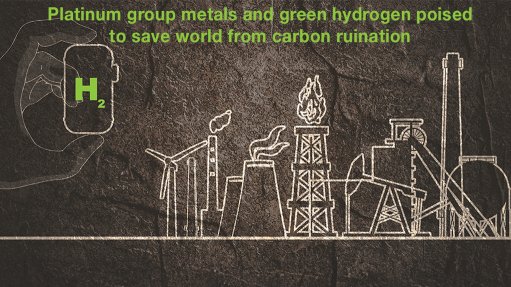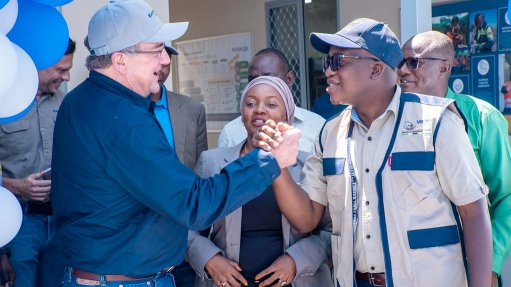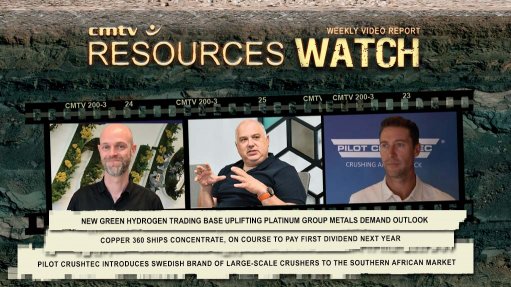Kola potash project, Congo-Brazzaville – update


Name of the Project
Kola potash project.
Location
Kouilou province, Congo-Brazzaville.
Project Owner/s
Potash development company Kore Potash (97%).
Project Description
Globally, the Kola project is not only one of the shallowest muriate of potash (MoP) deposits but also one of the highest-grade undeveloped potash deposits.
The Kola definitive feasibility study (DFS) proposes mining of the Kola sylvinite, the production of about 2.2-million tons a year of MoP over a 33-year mine life, and its export.
The Kola orebody is planned to be mined using conventional underground mechanised methods, extracting the ore within ‘panels’ using continuous miner machines of the drum-cutting type. The mine design adopts a relatively typical layout, including panels, comprising rooms and pillars.
Mine access will be provided by two 7-m-diameter vertical shafts. The shafts will be sunk in the centre of the orebody. To provide access underground, the intake shaft will be equipped with a hoist and cage system for the transportation of persons and material. The exhaust shaft will be equipped with a pocket lift conveyor system to continuously convey the mined-out ore to the surface. Both shafts are about 270 m deep.
Underground conveyor belts will be used for ore transportation in all areas of the mine. The belt conveyors are distributed in the main and submain haulages and, ultimately, in the working panels near the continuous miner working face. The ore will be placed on the belts from feeder breakers that are fed by the shuttle cars. Belt conveyors will carry the ore loaded by the feeder breakers to the ore bins. The ore is then conveyed from the ore bins to the pocket lift system in the exhaust shaft.
Ore from underground will be transported to the process plant by a 35-km-long overland conveyor.
A conventional potash flotation plant has been designed for the project. The design strategy adopted delivers a process plant designed to produce 2.2-million tonnes a year of MoP at a potassium chloride grade of 95% and to accommodate the variety of run-of-mine feedstock characteristics expected during the life of the project.
The economic model is based on a 23-year mine life, based on ore reserves of 152.4-million tons, inferred mineral resources of 9.7-million tons, and an additional ten years (for a 33-year mine life) when the exploitation of a portion of the inferred mineral resources (70-million tonnes) is included.
Potential Job Creation
Not stated.
Net Present Value/Internal Rate of Return
The project has an after-tax real net present value, at a 10% discount rate, of $1.45-million and a real ungeared internal rate of return of 17%, with a 4.3-year payback from first production.
Capital Expenditure
Preproduction capital is estimated at $2.1-billion on an engineering, procurement and construction management basis.
Planned Start/End Date
The project has a 46-month construction period, with a start date to be determined following the advancement of construction contract negotiations and project financing.
Latest Developments
Kore Potash has received an interim report from Summit Consortium of the results of an optimisation study on the Kola potash project.
The Kola optimisation study is on track for successful completion in the first quarter of 2022.
The consortium has presented documents that collectively form the interim report, which has been compiled following Summit’s review of the DFS on the Kola project.
The interim report details the identified optimisation opportunities and confirms the progress that Kore has made, to date, towards reducing the capital cost of the project.
It also details optimisation opportunities that should substantially reduce the capital cost of Kola, compared with the capital cost set out in the DFS.
The potential capital cost reduction opportunities cover mining, mineral processing, infrastructure, utilities and indirect costs.
Thus far, 53 such opportunities have been considered. Other capital reduction opportunities will be reviewed before the completion of the optimisation study.
The consortium remains on track to present a financing proposal for the full Kola construction costs in the first half of 2022.
In April, Kore announced the signing of a memorandum of understanding with the consortium for the full financing of the construction of Kola.
The agreed process included the consortium’s completing an optimisation study on Kola and, on completion of a successful study, providing an engineering, procurement and construction contract proposal, along with a potential royalty and debt financing proposal for the full construction costs of Kola.
The study is being undertaken by the key engineering and construction partner of the consortium, Sepco Electric Power Construction. The study aims to add value to Kola through reducing the capital cost of Kola, with a target of less than $1.65-billion, and shortening the construction schedule to 40 months.
Key Contracts, Suppliers and Consultants
Technip France, Vinci Construction Grands Projets, Egis International and Louis Dreyfus Armateurs (DFS); Met-Chem DRA Global and AMC Consulting (specialist subconsulting); Met-Chem DRA Global (mineral resource estimate); SRK Consulting (environmental- and social-impact assessment) and Jukes Todd, Hatch and Wood (reviews of the final draft DFS); and Summit Consortium, including Sepco Electric Power Construction (optimisation study).
Contact Details for Project Information
Kore Potash, tel +27 11 460 9140.
Tavistock, on behalf of Kore Potash, tel +44 207 920 3150 or email kore@tavistock.co.uk.
Comments
Press Office
Announcements
What's On
Subscribe to improve your user experience...
Option 1 (equivalent of R125 a month):
Receive a weekly copy of Creamer Media's Engineering News & Mining Weekly magazine
(print copy for those in South Africa and e-magazine for those outside of South Africa)
Receive daily email newsletters
Access to full search results
Access archive of magazine back copies
Access to Projects in Progress
Access to ONE Research Report of your choice in PDF format
Option 2 (equivalent of R375 a month):
All benefits from Option 1
PLUS
Access to Creamer Media's Research Channel Africa for ALL Research Reports, in PDF format, on various industrial and mining sectors
including Electricity; Water; Energy Transition; Hydrogen; Roads, Rail and Ports; Coal; Gold; Platinum; Battery Metals; etc.
Already a subscriber?
Forgotten your password?
Receive weekly copy of Creamer Media's Engineering News & Mining Weekly magazine (print copy for those in South Africa and e-magazine for those outside of South Africa)
➕
Recieve daily email newsletters
➕
Access to full search results
➕
Access archive of magazine back copies
➕
Access to Projects in Progress
➕
Access to ONE Research Report of your choice in PDF format
RESEARCH CHANNEL AFRICA
R4500 (equivalent of R375 a month)
SUBSCRIBEAll benefits from Option 1
➕
Access to Creamer Media's Research Channel Africa for ALL Research Reports on various industrial and mining sectors, in PDF format, including on:
Electricity
➕
Water
➕
Energy Transition
➕
Hydrogen
➕
Roads, Rail and Ports
➕
Coal
➕
Gold
➕
Platinum
➕
Battery Metals
➕
etc.
Receive all benefits from Option 1 or Option 2 delivered to numerous people at your company
➕
Multiple User names and Passwords for simultaneous log-ins
➕
Intranet integration access to all in your organisation







